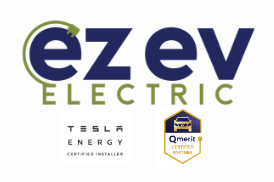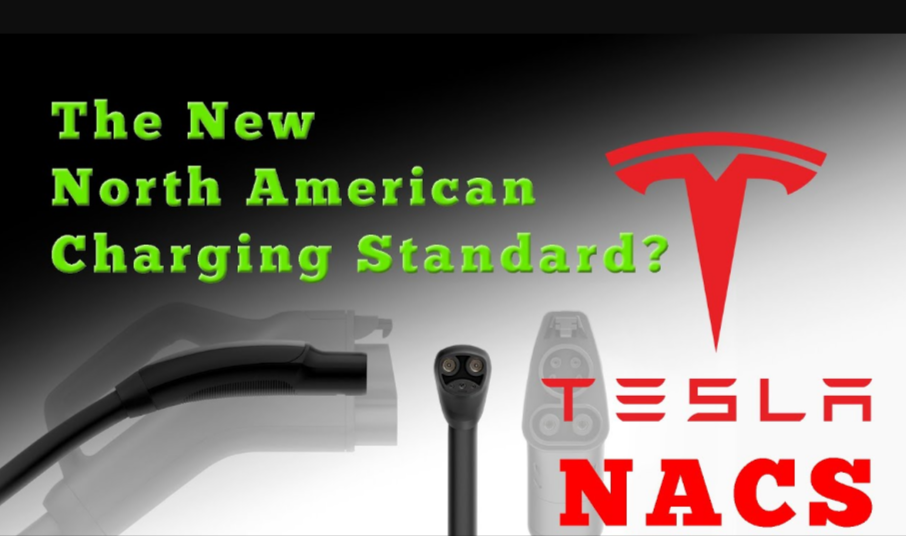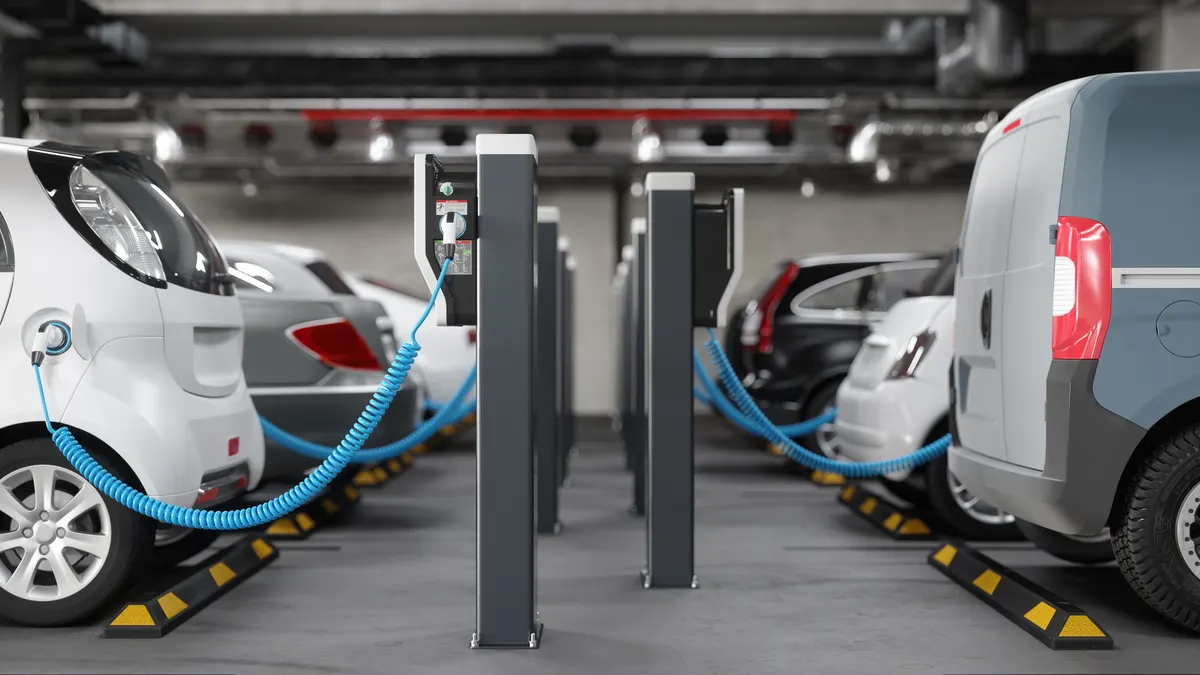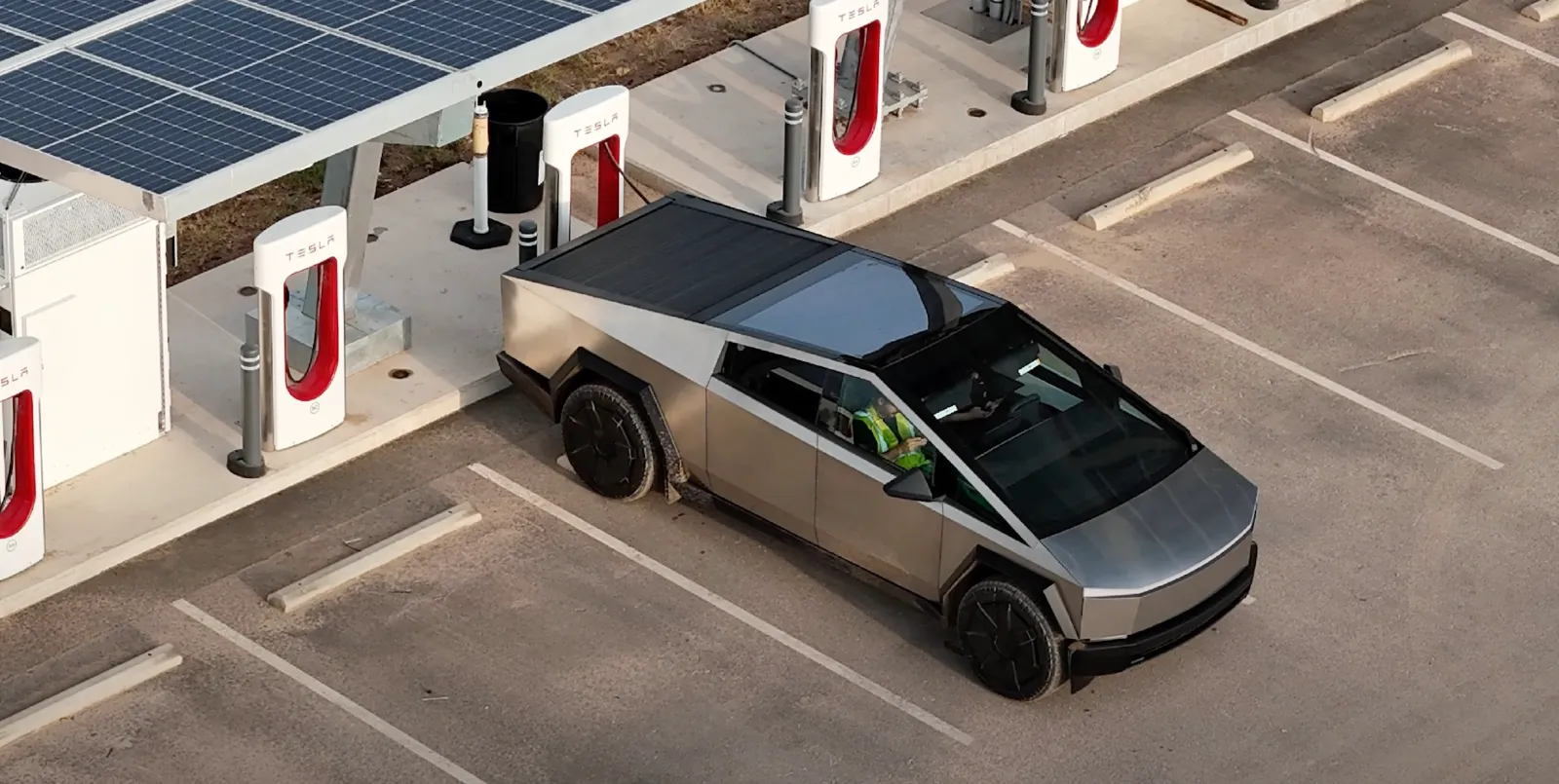The adoption of electric vehicles is accelerating.
Thanks to their lower long-term operating costs, reduced environmental impact, and significant government incentives.
However, their popularity also relies on one key factor—the charging infrastructure. While there are many charging systems, Tesla stands out with its NACS or North American Charging Standard (NACS), officially designated as SAE J3400.
It is an electric vehicle charging connector and port designed for Tesla and other EVs as well. The system supports both AC and DC fast charging.
An Overview:
NACS isn’t brand new. Tesla developed it for their own cars, debuting in the Model S way back in 2012. For years, only Tesla drivers have been able to use it with their unique Supercharger stations. And it made charging easy and fast only for them. Then, in the fall of 2022, Tesla made it compatible with other brands’ EVs. They rebranded it NACS and allowed other car companies to use it.
Over the years, NACS has been a dominant force in the field of EV chargers, and it is no surprise to see why. It’s little, light, and simple to use. Unlike the heavyweight Combined Charging System (CCS) plug, it is simple and fashionably thin, neatly fitting both slow home charging (AC) and fast road-trip charging (DC) in one port with just a single set of pins.
How NACS Works
NACS looks slim and simple, but it’s packed with smart tech. It makes charging more efficient with minimal hassles.
Main Parts of the Plug
The NACS plug has five pins:
- DC+/L1 (for positive power in fast charging or one AC line)
- DC−/L2 (for negative power in fast charging or the other AC line/neutral)
- G (ground, for safety)
- CP (control pilot, to talk between car and charger)
- PP (proximity pilot, to check if it’s plugged in right)
The first two pins are key to the connector. They serve dual purposes: AC for slower charging at home, and DC for high-speed boosts on the road. This shared setup makes NACS way smaller than CCS, which needs extra big pins just for fast charging.
Power Levels: Slow and Fast Charging
NACS handles all kinds of charging:
| Type of Charging | Power and Voltage | Amps | When You Use It |
| AC (Level 2) | Up to 22 kW at 277 volts | Up to 80 | Overnight at home, at work, or in parking spots |
| DC Fast | Up to 1,000 volts | Up to 900 (non-stop) | Long drives at Superchargers |
The plug can support high power, but the charging speed is determined by the charger and the car’s battery. Tesla’s V3 Superchargers deliver up to 250 kW, meaning that you’ll be able to get hundreds of miles of driving in under 20 minutes — ideal for long road trips.
The CP and PP pins ensure everything is safe. They allow the car and charger to integrate, select the optimal speed, and lock the plug in place for safe and optimized flow of the current.
Industry Tectonic Shift: The Great NACS Adoption Wave
North American Charging Standard (NACS) has triggered a massive shift in the car business. Tesla didn’t just release a design — it allowed other carmakers to tap into its colossal and dependable fast-charging network across North America.
The move began when Ford — the first large company to sign up for NACS — switched. GM soon followed the course to use NACS. The other brands are Rivian, Volvo, Polestar, Mercedes-Benz, Hyundai, Kia, and BMW.
A NACS charging port will be standard on a majority of future electric vehicles sold in North America by 2025, as with Tesla models. For drivers, that will mean no more confusion about which plug to use.
The Supercharger Advantage
For drivers, the real payoff isn’t just the NACS. Accessing the Supercharger stations by Tesla is equally important for them. These chargers have a reputation for being durable and up 96% or more of the time. That is a stark contrast to many other networks, which are prone to frequent downtimes.
What This Means for Drivers
Starting in 2024, Many manufacturers that switched to NACS began giving their customers a CCS-to-NACS adapter. This lets non-Tesla EVs use Superchargers.
By 2025 and beyond: New EVs from these brands will come with NACS ports built in. That means the same easy “plug-and-charge” experience Tesla owners already enjoy.
This move unites the auto industry behind a single charging standard at last. For drivers, it is less trouble, more convenience, and faster EV adoption.
NACS vs. CCS: A Quick Comparison
| Feature | Tesla’s North American Charging Standard (NACS) | Combined Charging System (CCS1) |
| Connector Size | Compact and sleek | Large and bulky |
| Pin Configuration | Single port (5 pins) for both AC & DC | Two separate sections (AC J1772 + 2 large DC pins) |
| Design Origin | Developed by Tesla, now standardized as SAE J3400 | Developed by a consortium of US/European automakers (SAE J1772 + DC pins) |
| Reliability | Industry-leading reliability and uptime (Supercharger Network) | Varies widely by network operator; it has historically faced greater uptime challenges. |
| Industry Status | The rapidly adopting future standard in North America. | The incumbent standard for most non-Tesla vehicles is now being phased out by major OEMs. |
| Connector Size | Compact and sleek | Large and bulky |
The main difference is that NACS combines AC and DC charging into a single plug, whereas CCS uses a split system. CCS chargers on paper can deliver “up to” 350 kW, but Tesla’s Supercharger network with NACS is the premier in stable, dependable charging—the thing that counts most for long trips.
But CCS won’t disappear overnight. There are already millions of CCS cars and thousands of CCS stations in operation. CCS-compatible Tesla drivers are already able to charge at a CCS station with an adapter, and within months CCS drivers will be able to use Tesla’s Superchargers in the same manner.
Over to You…
Tesla’s North American Charging Standard (NACS) has made charging simpler, less confusing, and more reliable with one standard plug. There will be less concern for drivers about range, and manufacturers can design around one system. Everything from low-cost cars to premium models will soon work with the same fast, reliable charging network across almost all new EVs in North America.
FAQs
1. Which charging plug does Tesla use?
Tesla uses the North American Charging Standard (NACS). This was originally Tesla’s own plug, but it’s now open for the whole auto industry. It has also been recognized by SAE International as SAE J3400.
2. What are the NACS technical details?
NACS is a five-pin connector that works for both home and fast charging:
- AC charging (Level 2): Up to 80 amps at 277 volts
- DC fast charging: Up to 1,000 volts, with today’s Superchargers delivering up to 250 kW (it can handle more in the future)
3. Does Tesla use NACS or CCS?
In North America, all new Teslas use NACS. Until recently, it competed with CCS, but now most automakers are switching to NACS. In Europe, Tesla follows local rules and uses CCS2.
4. Can I charge my Tesla at a CCS station?
Yes. Newer Teslas in North America can use CCS chargers with Tesla’s official CCS Combo 1 Adapter. This lets you plug a bulky CCS connector into your car’s NACS port. Older Model S and Model X cars may need a service upgrade first.
5. Is NACS for AC or DC?
Both. NACS is designed to handle home charging (AC) and fast charging (DC) using the same compact plug. That’s one of the main reasons it’s winning over the industry.



